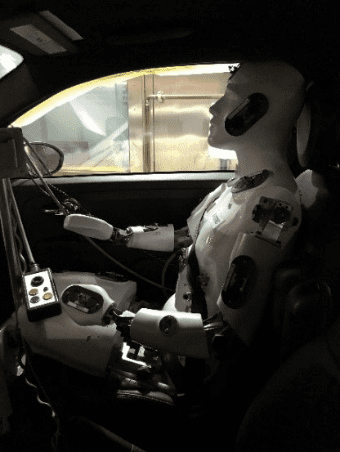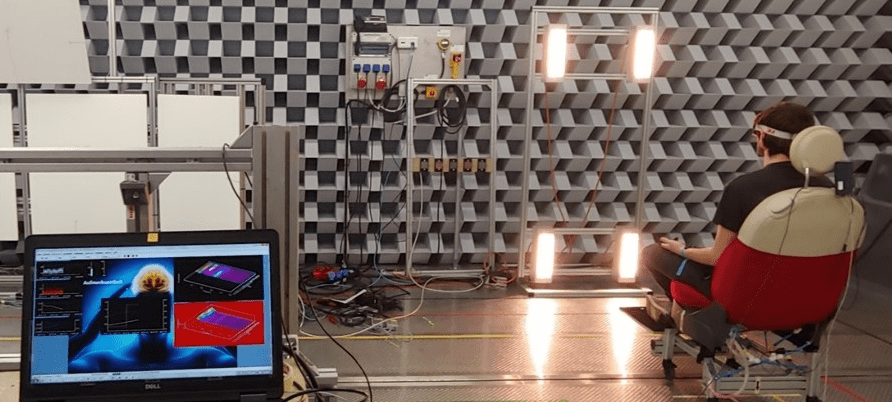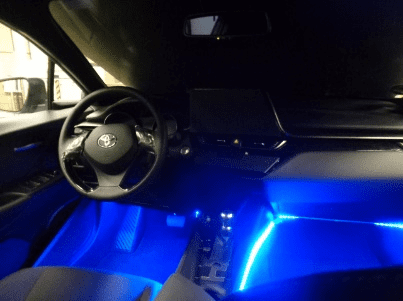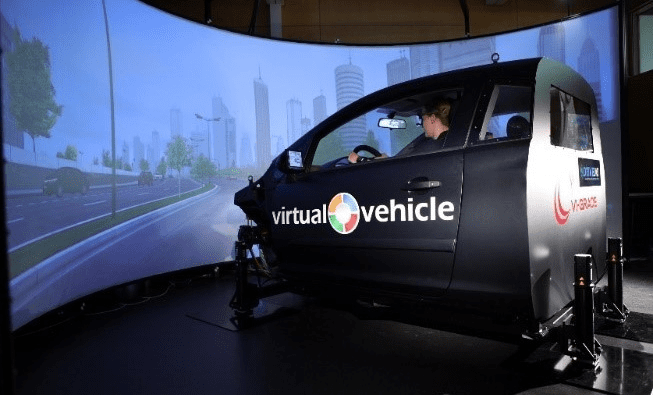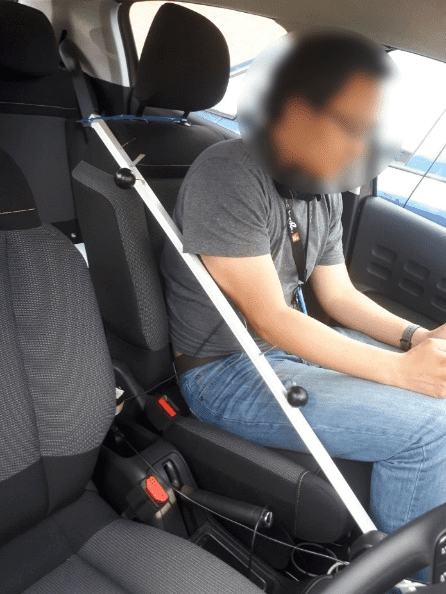Comfort studies – towards a more holistic understanding of comfort
Intermediate result from partners COV, CRF, IKA, TME and VIF.
Result has been achieved during December 2018 till July 2019 (Months 14 till 21 of the project).
Short introduction
Jury experimentations aiming at evaluating the impact of priority comfort factors, identified in D1.1, have been organised at the premises of 5 DOMUS partners. The objective of the studies is to research these new factors not yet taken into account in existing comfort models.
Objective
Prior to conduct the studies, overall methods have been created in order to guarantee comparability and generalizability of the data collected at the different study locations. A list of factors to be considered as independent variables was defined together with their level as well as related control or measurement set-ups. Partners also aligned on a common base procedure and dependent variables evaluated through questionnaires (including thermal sensation, task load and various comfort ratings [thermal, acoustic, olfactory, visual, seating and overall]).
The specific focus of each study and the comfort factors they manipulated is presented below.
- CRF study – This study focuses on the effect of thermal dissymmetries on comfort perception. It considers sun radiation and the air flow (location and velocity) as comfort factors. Additionally, to the methods described above, the PACO manikin, equipped with equivalent temperature sensors along its body surface, has been used for data collected.
CRF proprietary thermal comfort manikin P.A.C.O. used for additional data acquisition during CRF study
- IKA study – This study investigates the influence of radiation wavelength (IR-A and IR-C) and irradiance level on thermal sensation and holistic comfort. It is motivated by the fact that different radiation wavelengths have different properties it terms of skin penetration depth and skin reflectance.
ika set-up equipped with IR-A heaters
- TME study – The comfort factors manipulated in this study are ambient lighting colour and ambient fragrance. This study aim is to better understand the influence that such sensory stimulations might have on thermal and holistic comfort in the context of an automotive cabin.
Detail of TME set-up showing blue ambient lighting condition
- ViF study – This study, taking place in a driving simulator, considers task and sound as comfort factors. It specifically looks at different vehicle sounds (limousine, small EV), task type (manual or automated driving) and task load (work-inducing secondary task, pleasure-inducing secondary task, no secondary task).
Driving simulator used for ViF study
- COV study – A specific method was used for this study with the aim to validate the holistic comfort model built on the data from the other four experimental partners. It uses a semi-naturalistic environment (instead of a cabin simulator/thermal chamber) in order to mimic realistic user behaviour. Participants are not tested for any test cases. Instead, the ambient environment is allowed to change naturally, while the cabin occupant is encouraged to make changes to the HVAC settings to feel comfortable.
Set-up of COV study
In total 149 participants joined the DOMUS comfort studies over an elapsed duration of about 242 hours. The manipulation of comfort factors described above will allow to gain knowledge about comfort in automotive cabins. The upcoming deliverable D1.3 will provide more detailed information about these studies as well as about the holistic comfort model that can be derived from the data collected.


